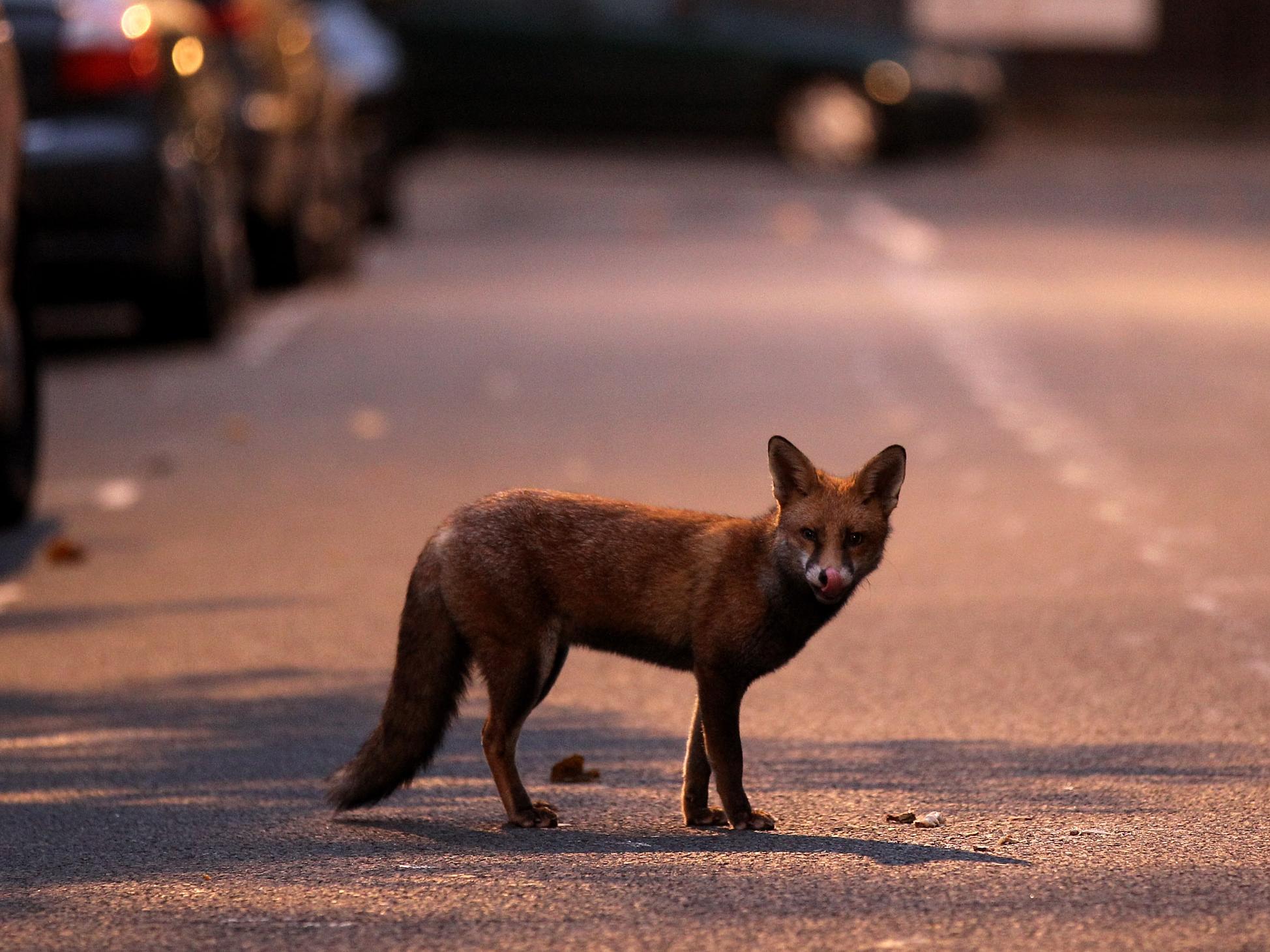Foxes and humans may have lived side by side 40,000 years ago, study suggests
'The more humans populated a particular region, the more the foxes adapted to them', researchers say

Foxes have become a typical sight in towns and cities across the UK as they hunt for scraps left by humans - but scientists believe the phenomenon may not be a new one.
Instead researchers assessing the diets of ancient forbears of the animal have suggested mankind could have been influencing their diets as far back as 40,000 years ago.
In the wild, the small carnivores regularly feed on scraps left behind by larger predators such as bears and wolves - but they will happily feed off what is left over by the planet’s most successful carnivores, humankind.
In the new study, published in the journal PLOS One, Chris Baumann of the University of Tubingen in Germany and colleagues suggest that foxes might serve as useful indicators of human impact in the past.
Researchers compared ratios of carbon and nitrogen isotopes between the remains of various herbivores, large carnivores, and red and Arctic foxes from several archaeological sites in south-west Germany dating to the Middle and Upper Palaeolithic.
At sites older than 42,000 years, when Neanderthals sparsely occupied the area, fox diets were similar to their local large carnivores.
But as Homo sapiens became common in the younger areas, foxes developed a more unique diet consisting largely of reindeer, the researchers found.
These are too big for foxes to hunt but are known to have been important game for ancient humans of the time.
These results suggest that during the Upper Palaeolithic - about 40,000 years ago, these foxes made a shift from feeding on scraps left by local large predators to eating food left behind by humans.
The researchers say this indicates their reliance on human food goes back a good 42,000 years.
The authors suggest that, with further studies investigating this fox-human relationship, ancient fox diets may be useful indicators of human impact on ecosystems over time.
"Dietary reconstructions of ice-age foxes have shown that early modern humans had an influence on the local ecosystem as early as 40,000 years ago," the authors wrote.
"The more humans populated a particular region, the more the foxes adapted to them."
Additional reporting by Press Association.
Join our commenting forum
Join thought-provoking conversations, follow other Independent readers and see their replies
Comments